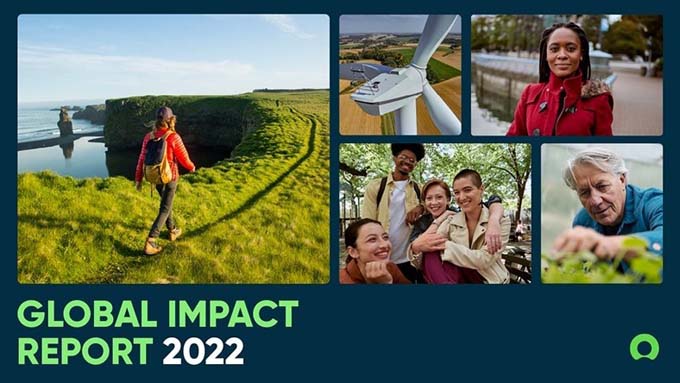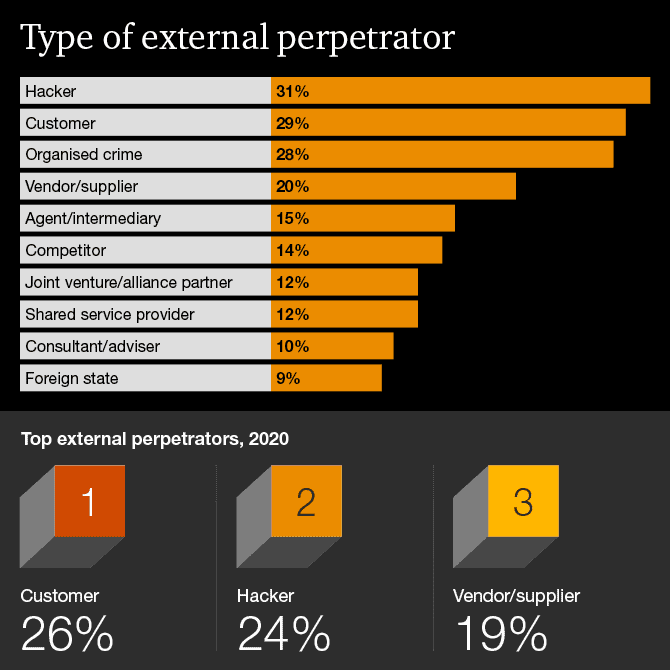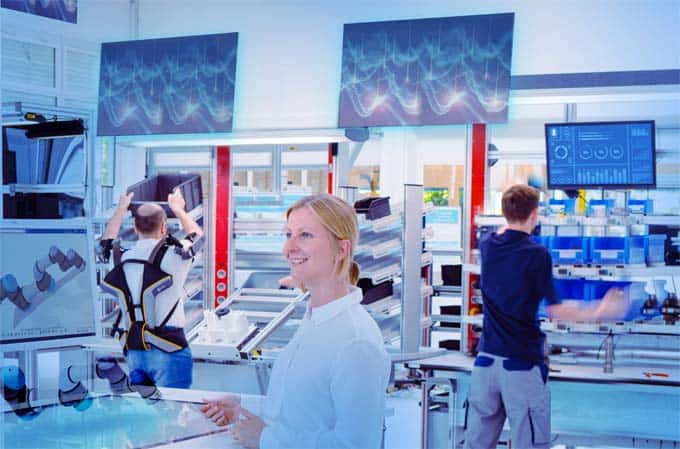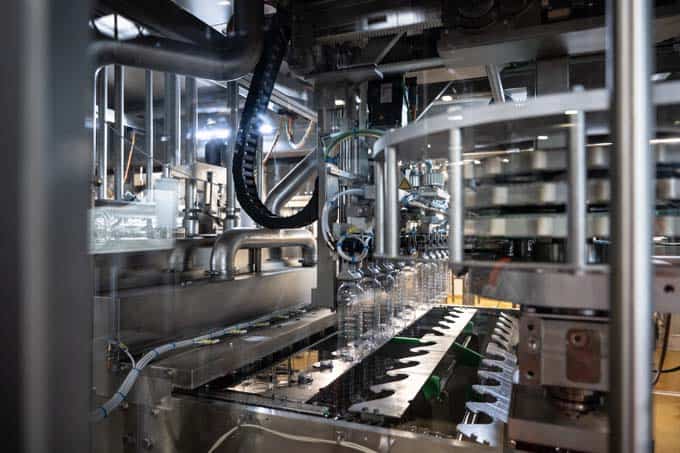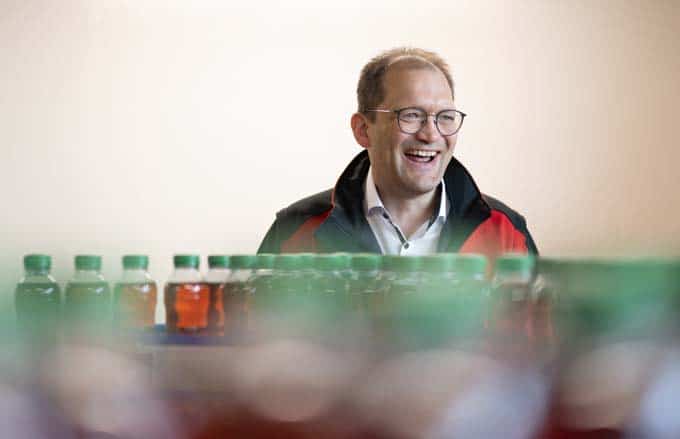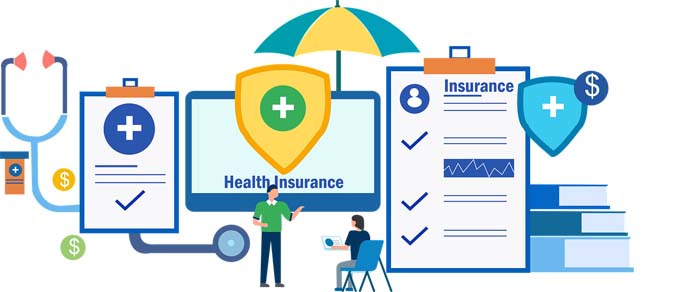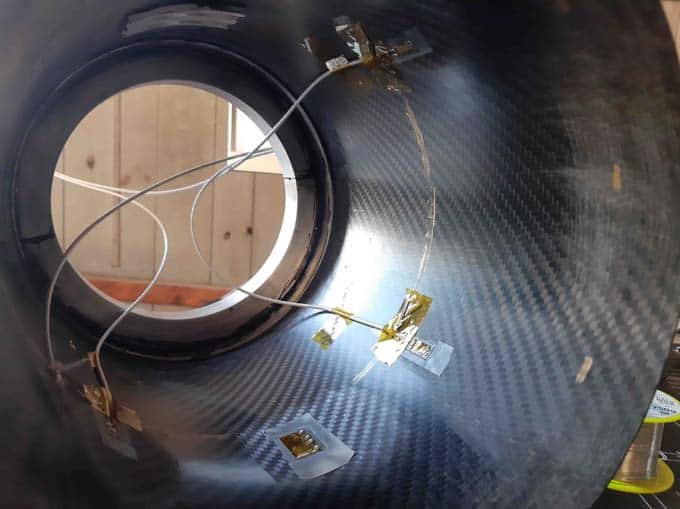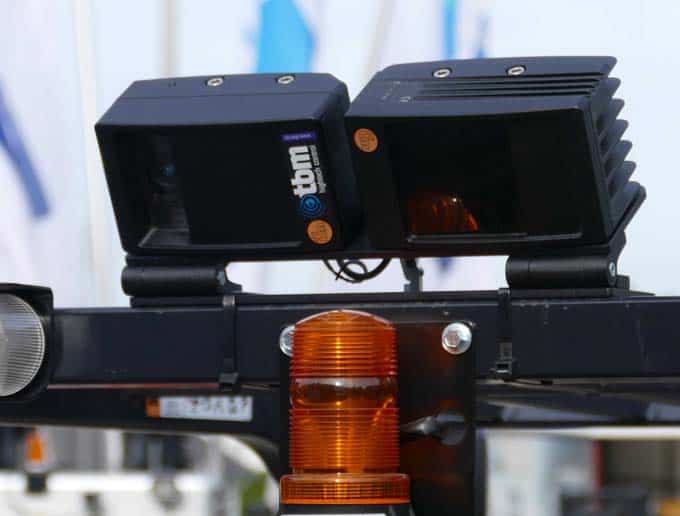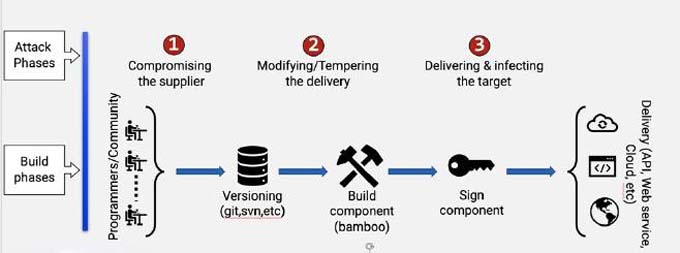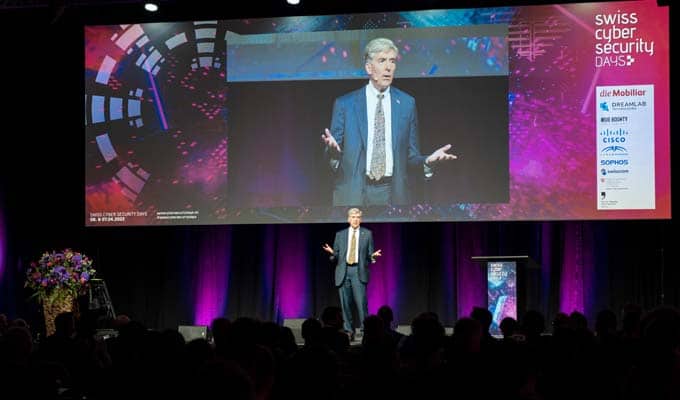Focusing on patient-centered care
The health insurer CSS focuses on patient-oriented care and invests in the start-up "Heartbeat Medical". With this solution, the insurance company wants to define and measure the quality of treatment more precisely. Quality is also to be given greater consideration and rewarded in contracts with hospitals.

As CSS itself emphasizes, high-quality and cost-effective healthcare is an important concern for the company. That's why Switzerland's largest basic insurer has been investing in digital start-ups for a year and a half. CSS has now invested in four companies and is now also investing in Heartbeat Medical. This start-up operates a platform that links automated patient surveys with clinical data. Therapy successes thus become measurable and the patients' quality of life moves into the focus of decision-making and treatment. In other words, it's all about more patient-centered care.
Data as a basis for decision-making
Heartbeat Medical's patient-centered surveys are based on the system of so-called "Patient-Reported Outcome Measures" (PROMs). PROMs measure how a patient assesses his or her own state of health and at the same time show the effect of a treatment. Standardized questionnaires are used to digitally record information on quality of life, symptoms or treatment effects before and after an intervention. Medical specialists document additional information from the medical history and supplement it with further clinical data. This makes it possible to compare and measure the patient's perceived state of health during or after treatment. On this data-based foundation, the medical professionals then define the further treatment path together with the patients. More than 30 Swiss hospitals - including the Inselspital Bern - already use the Heartbeat Medical platform, which is registered as a medical device.
Quality-oriented remuneration and patient-centered care in lockstep
The data-based care pathway not only provides measurable outcomes and improved quality of life for patients. The improved quality of care can also have a dampening effect on healthcare costs. CSS also wants to place quality more at the center of treatment and create incentives for its remuneration. The largest basic insurer is working towards the goal of qualitative reimbursement systems with various initiatives. In addition to PROMs, these include the Value Based Health Care approach and the Patient Empowerment Initiative pilot project: CSS, SWICA, PwC, Basel University Hospital and Winterthur Cantonal Hospital are developing a tariff system based on treatment quality and patient benefit. The incentives are set in such a way that hospitals are rewarded for increasing satisfaction and a decreasing number of interventions.
Source and further information: www.css.ch








